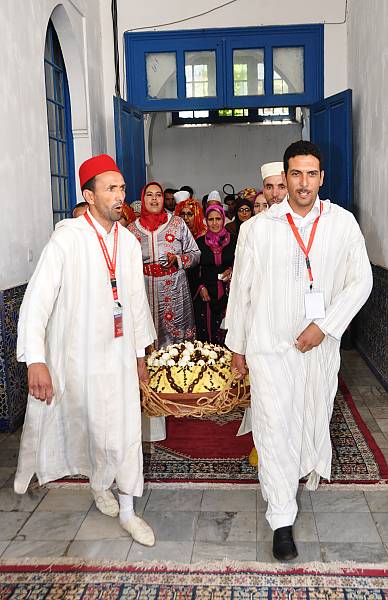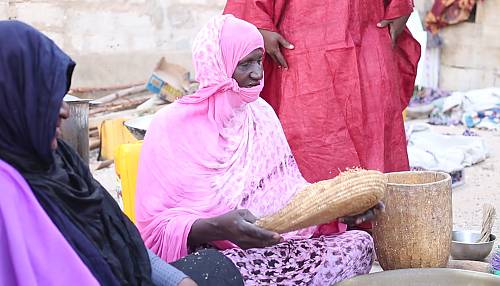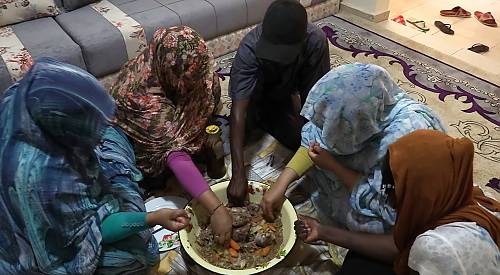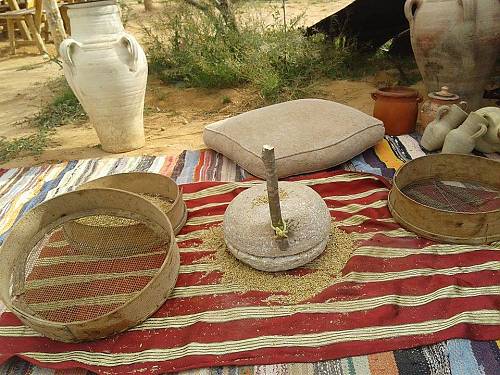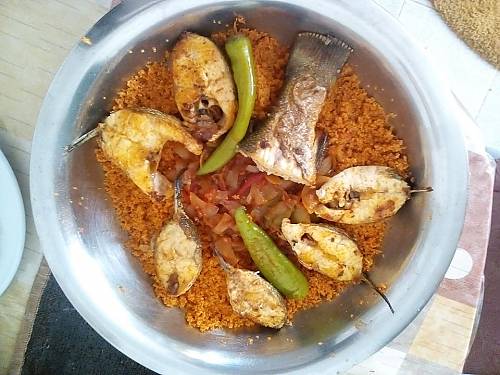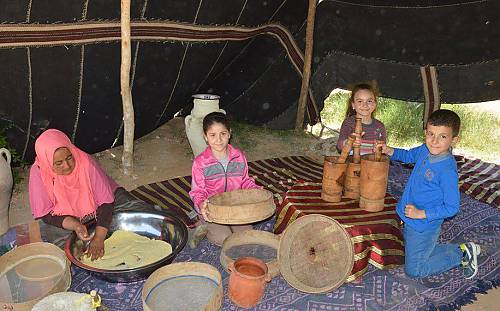Knowledge, know-how and practices pertaining to the production and consumption of couscous
Algeria, Mauritania, Morocco and Tunisia
Inscribed in 2020 (15.COM) on the Representative List of the Intangible Cultural Heritage of Humanity

The knowledge, know-how and practices pertaining to the production and consumption of couscous encompass the methods of preparation, manufacturing conditions and tools, associated artefacts and circumstances of consumption of couscous in the communities concerned. Preparing couscous is a ceremonial process involving several different operations. These begin with growing the cereal, after which the seeds are ground to obtain a semolina that is rolled by hand, steamed and then cooked. These practices are associated with a set of exclusive tools, instruments and utensils. The dish is accompanied by a variety of vegetables and meats, depending on the region, season and occasion. Nowadays, as in the past, the methods involved in preparing couscous constitute a sum of knowledge and know-how that is transmitted informally through observation and imitation. For the manufacture of the utensils: clay utensils are made by potters while wooden utensils are produced by cooperatives or artisanal factories, which are often family-owned. In recent decades, however, more formal transmission has also developed outside the family circle or home. The non-culinary aspects of the element – namely rituals, oral expressions and certain social practices – are also transmitted by the bearers. Couscous is a dish replete with symbols, meanings and social and cultural dimensions all linked to solidarity, conviviality, sharing meals and togetherness.





